Why waste time trying to sell products no one’s interested in? The real advantage in online selling isn’t guessing—it’s understanding. If you want to succeed, you need to find products to sell that shoppers are already searching for.
Today’s buyers have endless options at their fingertips, and if you’re not offering what they truly want, your products will sit on the shelf gathering dust.
But here’s the good news: discovering those in-demand, irresistible products is easier than you think.
In this guide, we’ll pull back the curtain and reveal how successful sellers consistently find and sell the right products.
From researching trending items to uncovering evergreen customer favorites, you’ll learn actionable strategies to align your offerings with what people are already searching for.
Ready to find out how to sell smarter and give shoppers exactly what they’re craving? Let’s dive in!
Ways to Find Products to Sell Online
Finding a winning product for your online business isn’t about luck—it’s about strategy, research, and creativity. Below are expanded methods to uncover products that not only sell but thrive in the competitive e-commerce landscape:
1. Monitor Market Trends
Staying on top of trends ensures you’re offering products that align with current consumer interests. Use tools like Google Trends, TrendHunter, or Pinterest Trends to identify which product categories are gaining popularity.
Look for patterns, such as seasonal spikes or steadily growing interest in niche areas, like sustainable living products or smart gadgets.
Focus on evergreen trends—items that remain relevant over time—and act quickly to avoid missing the peak of demand. Trend monitoring is especially crucial for e-commerce stores as it helps you adapt to shifts in consumer preferences.
Trend Monitoring Tools:
- TrendHunter: Explore curated lists of emerging trends and consumer behavior insights.
- Google Trends: Analyze search interest for specific keywords or categories over time.
- Pinterest Trends: Discover what’s trending on one of the most visually-driven platforms where shoppers find inspiration.
Pro Tip: Combine tools like Google Trends and Pinterest Trends to cross-check data for consistency. For example, if a product is gaining traction on Pinterest but has a sudden spike on Google Trends, it may signal a rising trend worth acting on quickly. Always validate trends with audience research to ensure they align with your target customers’ interests.
2. Solve Consumer Pain Points
Products that solve real problems often have the highest potential for success. Start by researching common frustrations through customer reviews, online forums like Reddit and Quora, or feedback from your audience. Look for recurring themes, such as difficulty with daily tasks or dissatisfaction with existing solutions.
Address these gaps by designing a product that directly tackles these pain points. For example, lightweight and spill-proof water bottles emerged as a response to traditional, bulky designs that leaked easily.
Platforms:
- Reddit: Search niche subreddits to uncover specific problems your target audience is discussing.
- Quora: Explore questions and answers to see what people are actively struggling with or seeking solutions for.
- Social Media Feedback: Use polls, comments, or direct messages on platforms like Instagram and Facebook to gather unfiltered feedback from your followers.
Pro Tip: Don’t just stop at identifying pain points—go one step further and validate your product idea by engaging with your audience directly. Ask questions like, “If there were a product that solved this problem, what features would you want it to have?” This not only confirms interest but also helps you refine your product before launch.
3. Analyze Competitor Strategies
Competitor analysis offers valuable insights into what works in your industry. Begin by identifying top sellers in your niche on platforms like Amazon, Etsy, or eBay. Use tools like Jungle Scout or Helium 10 to analyze their sales, customer reviews, and pricing strategies.
Identify gaps in their offerings, such as a lack of eco-friendly options or limited customization. Your goal is not to copy their products but to improve upon their weaknesses, offering something unique that sets you apart.
Competitor Analysis Tools:
- Jungle Scout: Analyze product performance, estimated sales, and customer demand across Amazon.
- Helium 10: Gain insights into keyword performance, competitor sales trends, and niche opportunities.
- AMZScout: Identify profitable product ideas and track your competitors’ performance metrics.
Pro Tip: Don’t just analyze competitors’ bestsellers—look at their customer reviews, especially the 3-star ratings. These often highlight what buyers like and what’s missing, giving you actionable insights to create a better product or experience.
4. Explore Niche Communities
Niche communities are treasure troves for discovering specialized products with loyal audiences. Join Facebook groups, browse Reddit threads, or participate in hobby-specific forums. These spaces often highlight unique needs or preferences that aren’t addressed by mainstream products.
For example, a fishing gear forum might reveal a demand for lightweight, compact tools that don’t exist in major retail markets. Engaging with these communities also helps you build trust and gain firsthand insights into your target audience.
Communities to Engage:
- Facebook Groups: Search for groups focused on specific hobbies, lifestyles, or industries to uncover product ideas.
- Reddit Threads: Explore niche subreddits to identify discussions around unmet needs or product recommendations.
- Specialized Forums: Dive into forums dedicated to hobbies or professions (e.g., woodworking, pet care) to discover opportunities for niche products.
Pro Tip: Don’t just observe—actively participate in these communities. Ask questions, join conversations, and build relationships. This not only provides deeper insights but also positions you as an authentic member of the community, making it easier to market your product later.
5. Test Ideas Through Dropshipping
Dropshipping is an excellent way to test product ideas with minimal risk. Start by partnering with suppliers from platforms like AliExpress or Oberlo. Choose a selection of potential products and list them in your store to gauge demand.
Monitor sales data, customer feedback, and profit margins to determine which products resonate with your audience. This method allows you to refine your offerings before investing in large quantities or custom manufacturing.
Dropshipping Platforms:
- Shopify: Build a professional e-commerce store to showcase your dropshipping products and track performance.
- AliExpress: Source a variety of products directly from suppliers, with flexible options for dropshipping.
- Oberlo: Integrate with Shopify to streamline product sourcing, importing, and order fulfillment.
Pro Tip: Don’t overwhelm your store with too many products at once. Focus on a curated selection of items, test them with targeted marketing campaigns, and use analytics tools to identify your best performers. This data-driven approach will save you time and money while improving your chances of success.
6. Use Social Media Listening
Social media is a powerful tool for spotting emerging trends and consumer interests. Platforms like TikTok, Instagram, and Twitter offer real-time insights into what people are talking about, sharing, and buying. Use hashtags to search for trending topics or engage with influencers in your niche.
For example, viral TikTok videos often spotlight unique or creative products that gain rapid popularity. Social media listening helps you stay ahead of trends while connecting with your audience on a personal level.
Social Media Tools:
- Hootsuite Insights: Monitor social conversations and discover trending topics across multiple platforms.
- BuzzSumo: Identify popular content and viral trends to uncover potential product ideas.
- Hashtags: Use niche-specific hashtags on platforms like Instagram and TikTok to explore emerging interests and products.
Pro Tip: Pay attention to the engagement metrics of trending posts—likes, shares, and comments can signal high consumer interest. If you spot a product trend early, use it as inspiration to create your own unique version or offer a similar product with a competitive edge.
7. Attend Trade Shows and Events
Trade shows and industry events are ideal for discovering innovative products and networking with suppliers. Events like the Canton Fair or CES (Consumer Electronics Show) feature emerging products that may not yet be available online.
By attending, you gain early access to cutting-edge trends and can form relationships with manufacturers for exclusive deals. Trade shows also offer an opportunity to observe which products attract the most attention from buyers and distributors.
Trade Shows:
- Canton Fair: One of the largest trade fairs in the world, featuring thousands of suppliers across multiple industries.
- CES (Consumer Electronics Show): A premier event for cutting-edge technology and innovative gadgets.
- Regional Trade Expos: Smaller, niche-specific events tailored to localized or industry-focused markets.
Pro Tip: Focus on attending niche trade shows where competition is lower, and opportunities for discovering unique, unsaturated products are higher. Use these events to negotiate deals with suppliers directly and secure products that can differentiate your brand.
8. Research Wholesale Platforms
Wholesale platforms like Alibaba, ThomasNet, and Made-in-China offer access to a vast range of products. Search for items that are popular internationally but underrepresented in your local market. Many of these platforms allow customization, enabling you to add unique touches to existing products.
Focus on finding suppliers with strong reviews and reliable shipping options to ensure quality and efficiency. Importing innovative or trending products can help you fill gaps in your market and stand out.
Platforms:
- Alibaba: A leading wholesale marketplace offering millions of products and direct supplier connections.
- ThomasNet: A U.S.-based platform specializing in industrial and B2B products.
- Made-in-China: A global supplier network known for its wide variety of customizable products.
Pro Tip: Don’t just resell wholesale products as-is—look for opportunities to improve or customize them for your target audience. For instance, adding branding, unique packaging, or additional features can create a more compelling offer and boost perceived value.
9. Validate Ideas with Crowdfunding Platforms
Crowdfunding platforms like Kickstarter and Indiegogo are great for gauging interest in new product ideas. Browse through successful campaigns in your niche to see what’s resonating with backers. Pay attention to the design, pricing, and presentation of products that gain significant traction.
Alternatively, you can use these platforms to test your own idea by running a campaign to pre-sell your product. This approach not only validates demand but also provides upfront capital to cover production costs.
Crowdfunding Platforms:
- Kickstarter: Discover successful campaigns in your niche and analyze what’s driving backer interest.
- Indiegogo: Explore trending campaigns to identify innovative products with high potential.
Pro Tip: Study top-performing campaigns to understand how they present their ideas, including pricing, storytelling, and rewards. Use these insights to refine your product concept or campaign strategy.
10. Examine Industry Reports
Industry reports are packed with valuable data about market trends, consumer behavior, and emerging opportunities. Resources like Statista, IBISWorld, and NielsenIQ offer detailed insights into growing product categories and spending habits.
These reports help you identify high-demand niches and forecast long-term potential for specific products. Relying on data rather than intuition ensures you’re making informed decisions that reduce risk.
Industry Reports:
- Statista: Access global data on consumer behavior and market trends.
- IBISWorld: Get detailed industry research reports to uncover growing niches.
- NielsenIQ: Analyze consumer preferences and spending patterns for specific product categories.
Pro Tip: Look for underserved markets or product gaps highlighted in industry reports. Use this data to position your business in a space with high growth potential.
11. Research Emerging Startups
Tracking startups can provide inspiration for innovative product ideas. Websites like Product Hunt showcase the latest tech and lifestyle products, while startup databases like Crunchbase offer insights into new businesses.
Look for products or services that are gaining traction but haven’t yet saturated the market. By spotting these early trends, you can adapt them for your audience or find complementary items to sell.
Where to Check Startup Products:
- Product Hunt: Explore the latest tech and lifestyle products gaining traction in the market.
- Crunchbase: Track startups by industry, funding stage, and product innovation.
Pro Tip: Focus on startups with unique, niche-focused concepts. Pay attention to their product positioning and how they’re addressing specific needs that could inspire or complement your offerings.
12. Seek Inspiration from Everyday Life
Observing your own routines and surroundings can spark creative product ideas. Consider challenges you encounter daily or improvements you wish existed in everyday items.
For instance, if you frequently travel, you might notice a need for more compact and organized luggage solutions. Turning real-life inconveniences into product ideas ensures you’re solving practical problems with high relevance.
Pro Tip: Keep a journal or use a notes app to document frustrations, inefficiencies, or unmet needs you encounter in your daily life. Over time, these observations can reveal patterns and lead to practical product ideas.
13. Leverage Print-on-Demand Platforms
Print-on-demand services like Printful and Teespring allow you to create unique, customizable products without upfront inventory. These platforms are perfect for testing niche designs on items like apparel, mugs, or accessories.
You can experiment with different themes, targeting specific communities such as pet lovers or gamers. Print-on-demand also eliminates the risk of unsold inventory, making it ideal for beginners.
Print-on-Demand Platforms
- Printful: Create and sell custom-designed products with on-demand printing and global fulfillment.
- Teespring: Design niche items like apparel and accessories, perfect for targeting specific communities.
- Zazzle: Personalize and sell unique products with minimal startup costs.
Pro Tip: Focus on creating designs that evoke emotion, humor, or identity. Products that connect with a specific audience, such as pet owners or pop culture fans, tend to perform best.
14. Experiment with Data-Driven Advertising
Running small advertising campaigns can help you identify which products generate the most interest. Platforms like Facebook Ads, Google Ads, or TikTok Ads allow you to test multiple product ideas with different audiences.
Track performance metrics such as click-through rates and conversion rates to determine which products resonate most. This data-driven approach ensures you’re investing in items that already have proven appeal.
Advertising Platforms
- Facebook Ads Manager: Run targeted campaigns to test product ideas with specific demographics.
- Google Ads: Use search and display ads to gauge interest in trending or niche products.
- TikTok Ads: Leverage TikTok’s creative ad formats to test products with younger, trend-savvy audiences.
Pro Tip: Use A/B testing to run ads for different product ideas simultaneously. Compare click-through rates, engagement, and conversions to identify the most promising options before scaling up your investment.
15. Consider Subscription Box Trends
Subscription boxes are growing in popularity due to their convenience and curated appeal. Explore opportunities to create or source products that fit into this model.
For example, eco-friendly household kits, hobby-specific items, or monthly snack packs cater to dedicated audiences. Study successful subscription box companies for inspiration and identify gaps in the market where you can innovate.
Subscription Box Examples:
- Birchbox: Learn how curated beauty and skincare products create value through personalization.
- FabFitFun: Explore how lifestyle-focused boxes combine variety and exclusivity to attract loyal subscribers.
- SnackCrate: Discover how niche themes, like international snacks, appeal to specific audiences.
Pro Tip: Curate products that feel exclusive, personalized, or align with a specific lifestyle. Offering limited-edition or hard-to-find items can increase the perceived value of your subscription box.
16. Ask Your Network
Your personal and professional network can be an invaluable source of product ideas. Talk to friends, family, and colleagues about items they wish existed or struggles they face. These conversations often reveal unique perspectives or niche needs you might not have considered.
Additionally, asking for feedback on your initial ideas can help you refine them and gain early support.
Pro Tip: Host informal focus groups, create simple surveys, or use social media polls to gather feedback from your personal and professional network. This collaborative approach can spark fresh ideas, validate existing ones, and even secure early supporters for your product launch.
10 Best Product Research Tools
Finding the right product to sell online is much easier when you have the right tools. Here’s a list of the top 10 product research tools that can help you analyze trends, evaluate competition, and make data-driven decisions:
1. Google Trends
Google Trends is a free tool that shows the popularity of search terms over time. It helps you identify seasonal trends and emerging product categories. By comparing keywords, you can determine whether a product’s demand is increasing or declining and focus on what’s gaining traction.

2. Jungle Scout
A favorite among Amazon sellers, Jungle Scout provides insights into product demand, competition, and profitability. It offers tools to estimate monthly sales, identify trending products, and analyze niche markets. This tool is ideal for those looking to build a successful Amazon store.
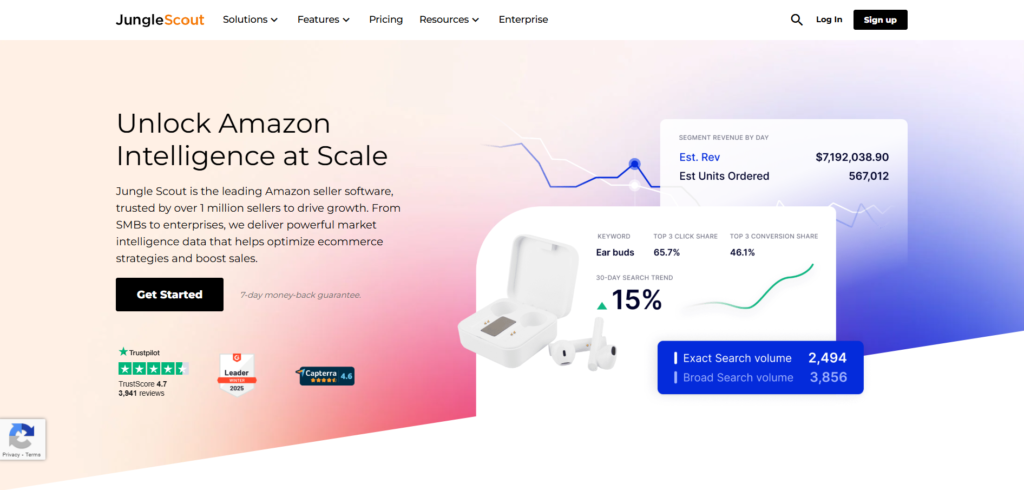
3. Helium 10
Helium 10 is another powerful tool for Amazon sellers. Its features include keyword research, product tracking, and market analysis. The tool’s “Black Box” feature allows you to discover untapped product opportunities based on filters like price range, sales volume, and category.

4. SEMrush
SEMrush goes beyond SEO by offering insights into competitor performance, keyword rankings, and trending topics. It’s an excellent choice for identifying products related to popular searches and monitoring what’s working in your industry. It also tracks backlinks and helps you optimize your online presence.
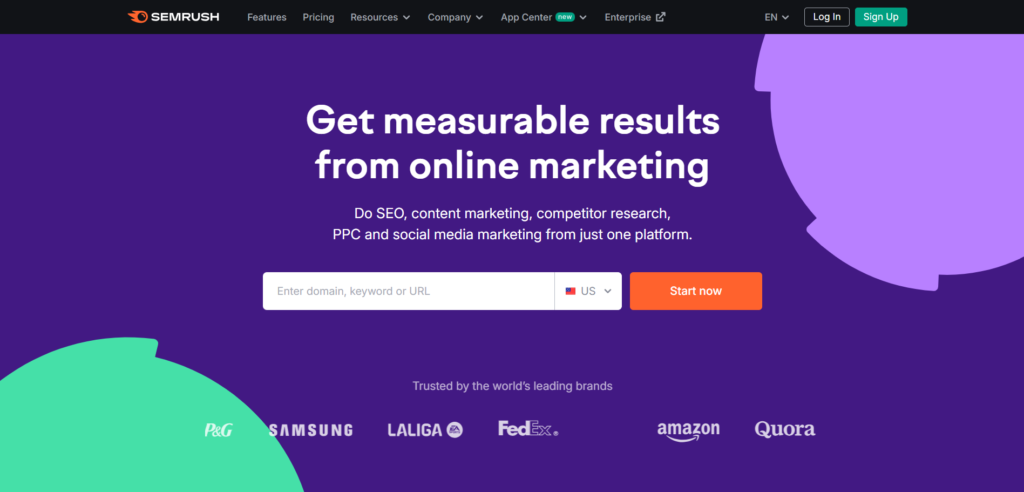
5. BuzzSumo
BuzzSumo helps you understand what content and products are trending on social media. You can analyze viral posts, track competitors, and identify influencers promoting certain items. By leveraging social buzz, you can align your product ideas with what’s already resonating online.
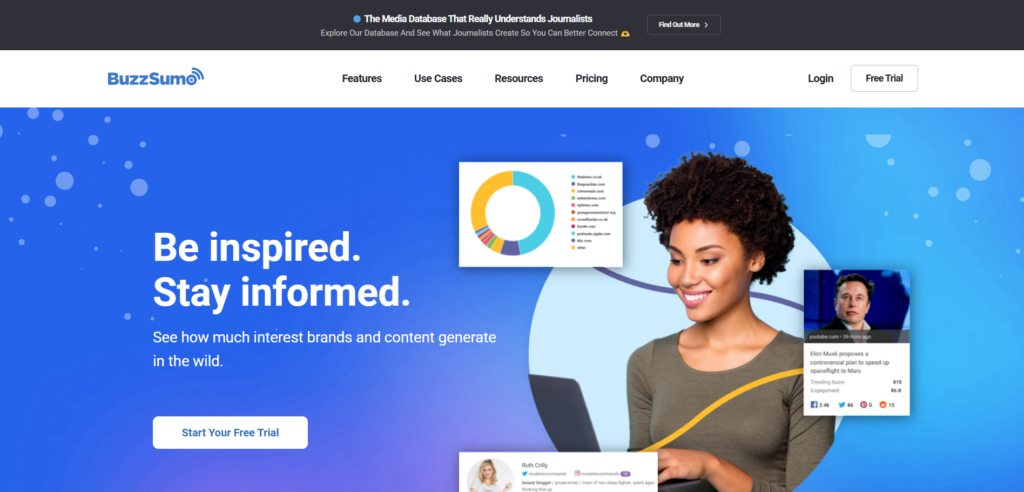
6. Alibaba
Alibaba is not just a marketplace but also a research tool for sourcing products. With millions of items listed, you can analyze price ranges, product variations, and minimum order quantities. It’s particularly useful for finding unique products that are less common in local markets.
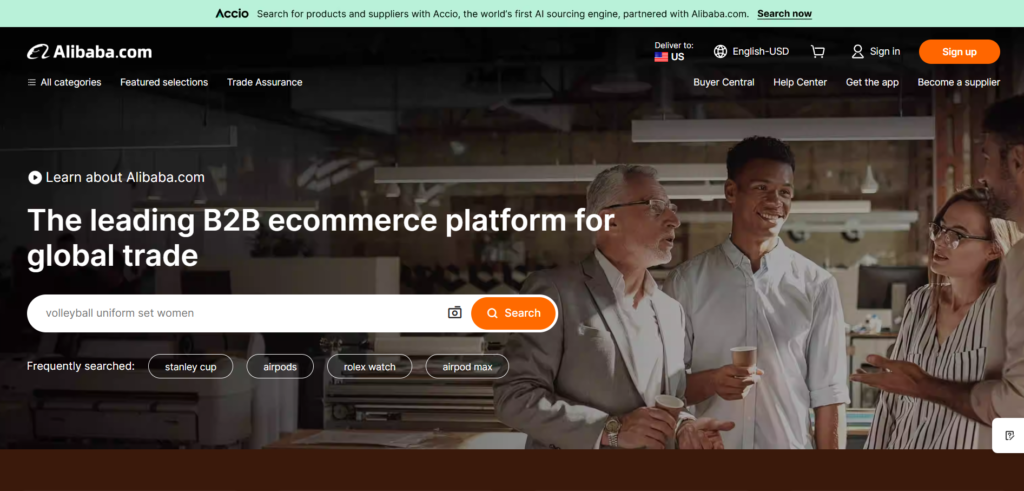
7. Pinterest Trends
Pinterest Trends shows you what people are actively searching for on the platform. It’s perfect for uncovering lifestyle and aesthetic-oriented products. By tapping into Pinterest’s audience preferences, you can spot niches in categories like fashion, home decor, and DIY crafts.
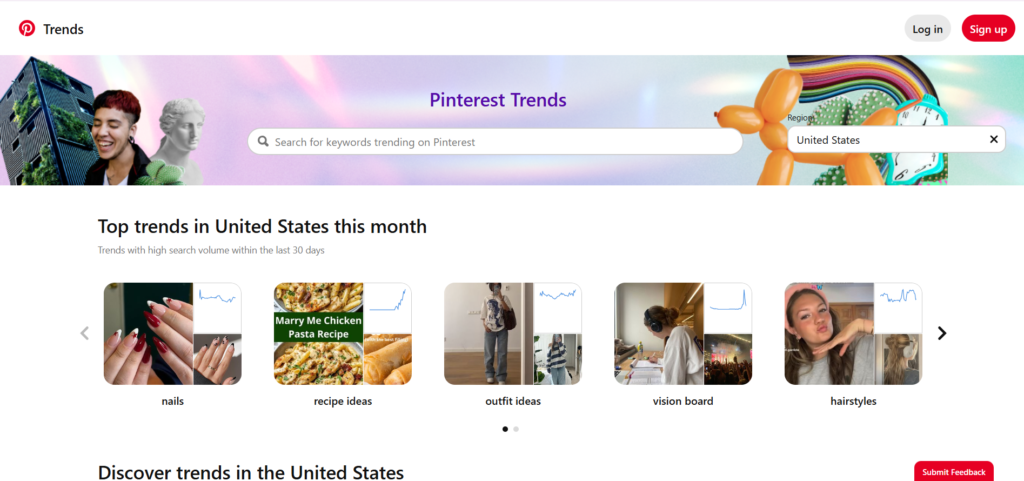
8. Statista
Statista provides data-driven insights into consumer behavior, industry trends, and global markets. While it’s a paid tool, its reports are incredibly detailed and help you understand what’s growing in popularity. For long-term planning, Statista offers reliable forecasts and market research.
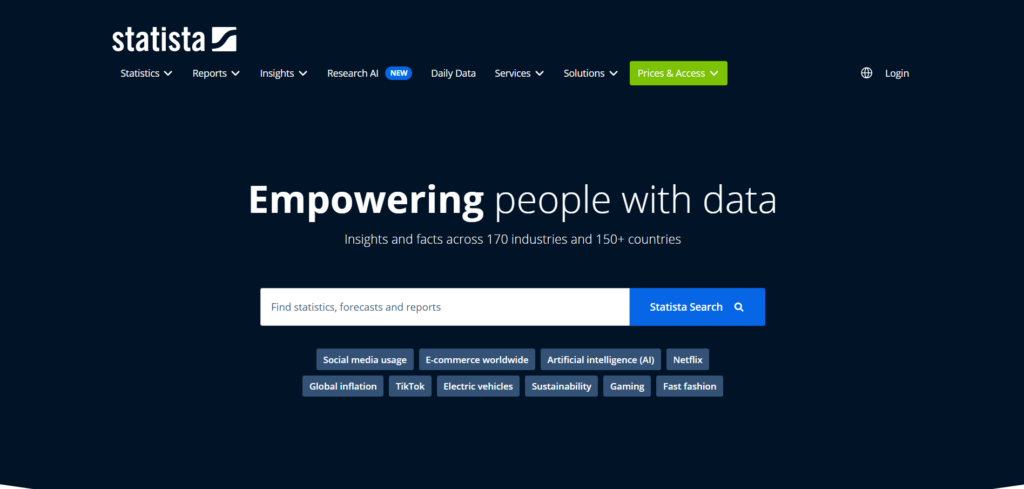
9. Ecomhunt
Ecomhunt curates a daily list of winning products, complete with sales data, targeting suggestions, and competitor analysis. It’s ideal for e-commerce beginners who want a jumpstart on finding trending products without extensive research.

10. Facebook Audience Insights
Facebook’s Audience Insights tool is a free way to explore audience demographics, interests, and behaviors. You can use it to understand your target market better and find products that align with their preferences. Combine this with Facebook Ads to test product ideas in real time.
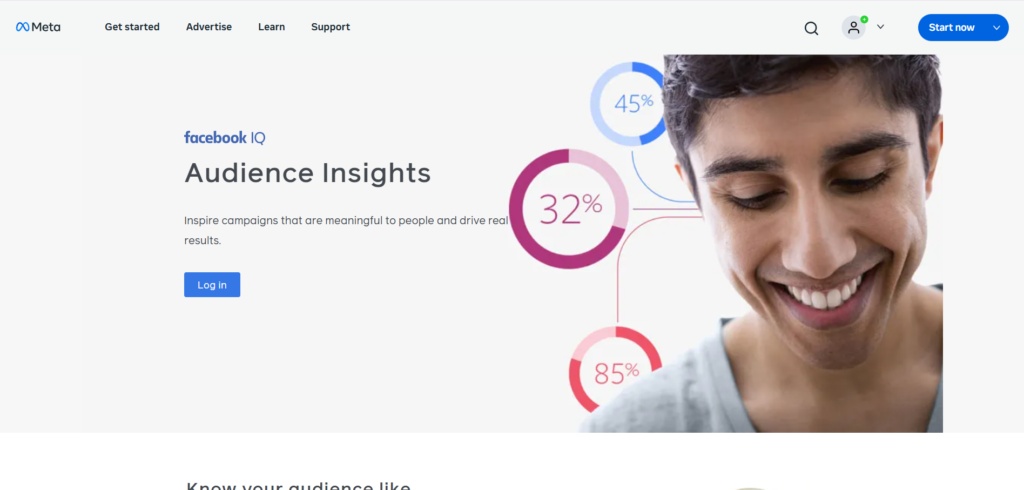
Types of Products You Can Sell Online
Selecting the right product to sell online requires understanding your audience, market trends, and the type of product that aligns with your goals. Here are key categories to consider, explained with depth but balanced for readability:
Physical Products
Tangible items like clothing, electronics, or home goods remain popular choices for online sellers. They cater to a broad audience, but success hinges on careful planning. Ensure that your product is durable and cost-effective to ship, and evaluate profit margins after considering production, packaging, and storage costs.
Example: Wireless earbuds by Anker Soundcore—compact, high demand, and offer a decent profit margin when sourced cost-effectively.
Digital Products
Digital products, such as eBooks, online courses, and software, offer significant advantages. They require no inventory or shipping and can be delivered instantly. These products are scalable and often have high profit margins, but their success depends on solving a specific problem or meeting a clear demand.
Example: An online productivity course by Udemy—appeals to professionals and students looking to optimize their time.
Subscription Products
Subscription-based offerings, such as monthly boxes or SaaS memberships, provide recurring revenue. They excel at building customer loyalty but require consistent value to retain subscribers. Personalized options or exclusive content can make subscription models even more attractive.
Example: International snack boxes by Universal Yums—great for food enthusiasts eager to try new flavors.
Niche Products
Targeting a specific audience, such as eco-conscious consumers or hobby enthusiasts, allows you to stand out in the market. Niche products face less competition and foster customer loyalty but often require a more focused marketing approach to reach their intended audience.
Example: Vegan leather handbags by Matt & Nat—attractive to eco-conscious fashionistas seeking cruelty-free alternatives.
Seasonal Products
Items tied to specific events or seasons, like holiday decorations or summer apparel, can drive high profits during peak times. However, managing inventory and timing your marketing campaigns are critical to avoid being left with unsold stock after the season ends.
Example: Christmas tree ornaments by Hallmark—perfect for seasonal spikes in demand around the holiday season.
High-Ticket Products
Luxury goods or premium items, such as high-end gadgets or furniture, offer higher profit margins. They require a sophisticated marketing strategy and excellent customer service to build trust and justify their price points. Investing in strong product descriptions and customer reviews is key.
Example: Smart home security systems by Ring—popular among homeowners looking for advanced safety solutions.
Impulse-Buy Products
Low-cost, visually appealing items like phone accessories or novelty gadgets encourage quick purchases. These products work particularly well with social media advertising and upselling strategies. Their affordability makes them ideal for driving high-volume sales.
Example: PopSocket grips by PopSockets—affordable, practical, and highly marketable via social media.
Eco-Friendly Products
Sustainability is a growing trend, making eco-friendly products like reusable household items or biodegradable packaging a smart choice. Highlighting your product’s environmental impact and sharing its story can attract eco-conscious buyers and set your brand apart.
Example: Reusable silicone food storage bags by Stasher—a sustainable alternative to single-use plastic bags.
Evergreen Products
These items, such as kitchen tools or skincare essentials, maintain consistent demand year-round. Evergreen products provide steady income and don’t rely on trends or seasons, making them ideal for long-term business planning.
Example: Stainless steel water bottles by Hydro Flask—always in demand for health-conscious consumers seeking durable, eco-friendly hydration solutions.
Find Products to Sell: Final Words
Finding the right product to sell online is a journey of exploration, research, and refinement. By leveraging the strategies and tools discussed, you can identify products with strong potential, align them with consumer needs, and build a successful e-commerce business.
Whether you focus on trends, niches, or problem-solving items, taking action on these insights will position you for success. Start your journey today and turn ideas into tangible results!
Related:
- Best E-commerce Platforms: How to Choose the Right One for You
- Shopify vs Amazon: Which Platform Is Right for Your Business?
- Top 3 Online Marketing Strategies and How to Use Them

We empower people to succeed through information and essential services. Do you need help with something? Contact Us.
Want a heads-up once a week whenever a new article drops?







